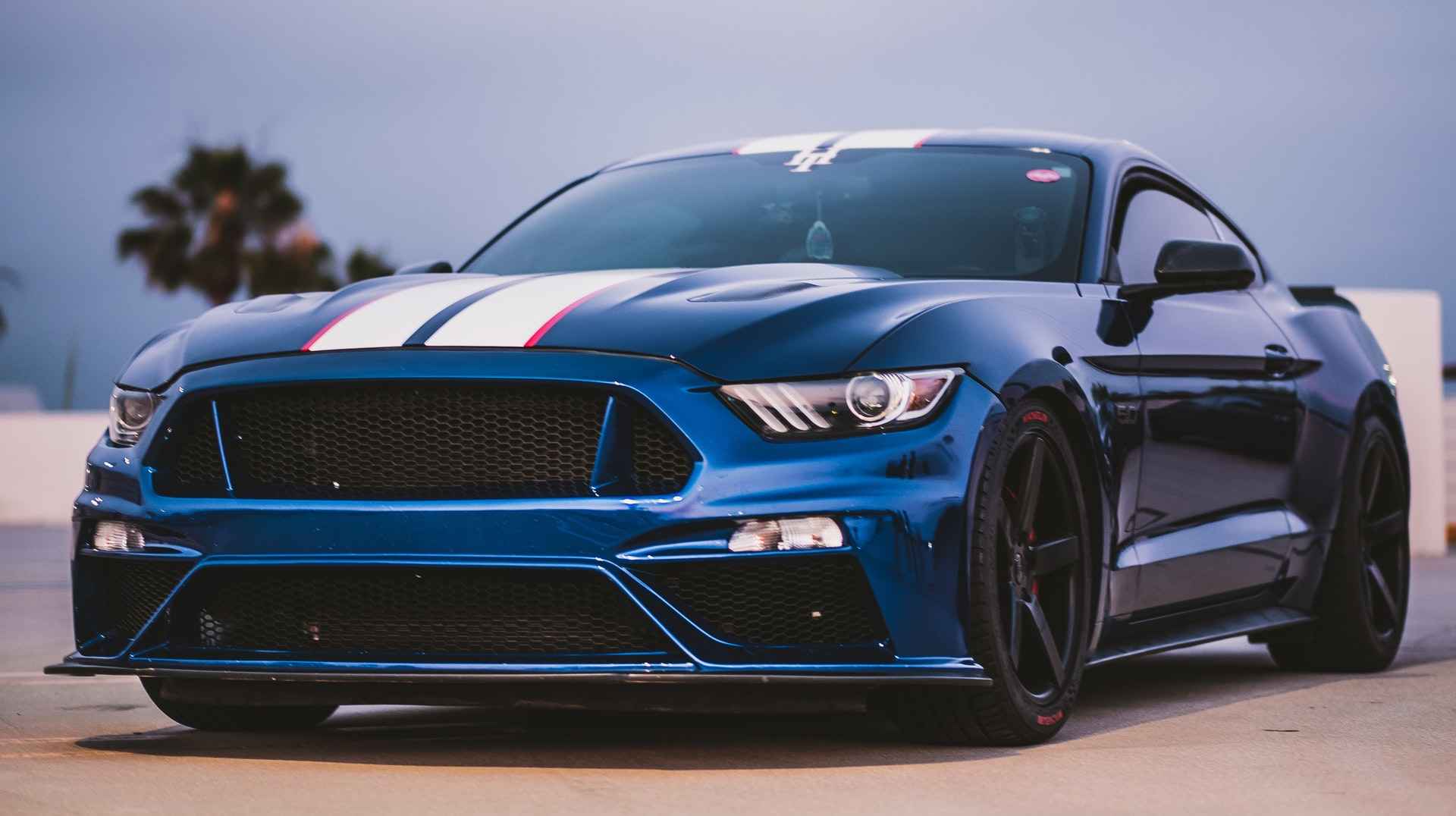Extreme weather conditions and luxury cars just don’t go well together, especially when the said car is in long-term storage. Winter, floods, and storms might be the most worrying of conditions, but rats and mice cutting through the wires can be no less destructive either. So, how should you go about storing your luxury car collection to keep your treasured beauties safe from all possible dangers? Let’s find out.
Leave It to the Professionals
This is by far the best and most comprehensive option to ensure that your precious collection stays protected against all possible dangers. Look for a provider that specializes in short-term and long-term luxury vehicle storage.
Assess the Probable Dangers
If professional luxury vehicle storage facilities are not an option, then you will need to assess all probable dangers first. It is best to be as comprehensive with the assessment as possible if you will not be there to check or make adequate changes if necessary. Make a list of all factors that are likely to affect your vehicles during long-term storage first, then go about proofing them against each of those possible dangers.
As to what those probable dangers might be, that will differ depending on the location and the car in question. Nevertheless, check out some of the most common and devastating possibilities that your car will need to be protected against in long-term storage.
- Flooding
- Hurricanes and tornadoes
- Snow, ice, and subzero temperatures
- Rat and mouse intrusion
- Varnish and gunk buildup inside the fuel tank
- Rusting inside the fuel tank
- Engine Corrosion
- Cracked cylinder heads
- Flat spotted tires
- Dead battery
- Stuck braking and clutching systems
- Rusting exterior scratches on the frame
Now that we have a rough assessment of all probable dangers/damages, let’s discuss some solutions.
Rodent Proofing
You should never store an expensive vehicle in a place that you already know to be infested with rodents. No amount of trapping or killing will protect your car in the long term, as rodents breed fast and in large numbers. Instead,
- Make sure that the garage/storage isn’t infested first.
- Clean the whole place and your car (inside and outside) to remove all traces of food.
- Place rodent repellents such as house ammonia, peppermint oil, and eucalyptus oil inside the storage.
- Close or seal all openings, cracks, holes, etc. through which rodents could possibly come inside.
If there is no food inside or outside the car but only stuff that smells awful to rodents, they will have no reason to be interested or attracted. If there is no way for them to get in either, that pretty much seals the deal, quite literally!
Protecting the Engine, the Battery, and the Fuel Tank
Although frequent checks are still recommended, the following are essential steps to ensure that car’s engine, fuel tank, and the battery stays safe against the dangers of long-term storage.
Engine: Change the engine oil and filter just before storage and replace the regular coolant completely with a long-term storage coolant.
Battery: Disconnect and remove the battery for separate storage. Apply a bit of petroleum jelly to the battery terminals for better protection. In case it’s a smart car that does not allow manual removal of the battery, you may need to invest in a trickle charger.
Fuel Tank: Add a reliable fuel stabilizer to the fuel first, as per instructions on the stabilizer’s label. Fill up the tank and drive the car around for 15-minutes before you begin packing it up.
Finally, inflate the tires to the maximum, safe psi level, put the vehicle up with jack stands, and add further cushioning by placing thin wood blocks under the jack stands. This should in most cases be enough to eliminate chances of flat-spotting. Cover your vehicle up with a breathable, customized car cover to protect it against exterior damages, and you are done.




